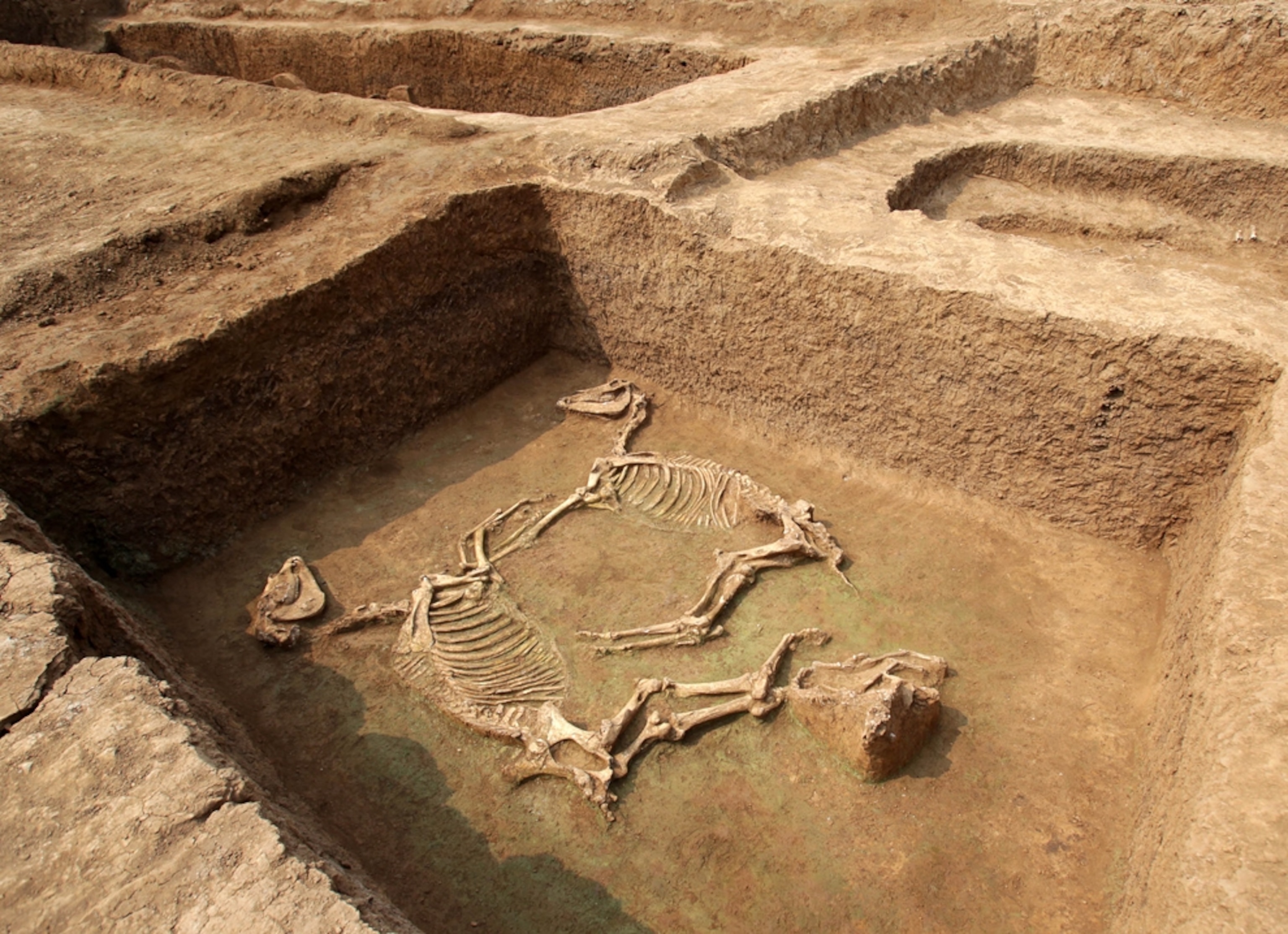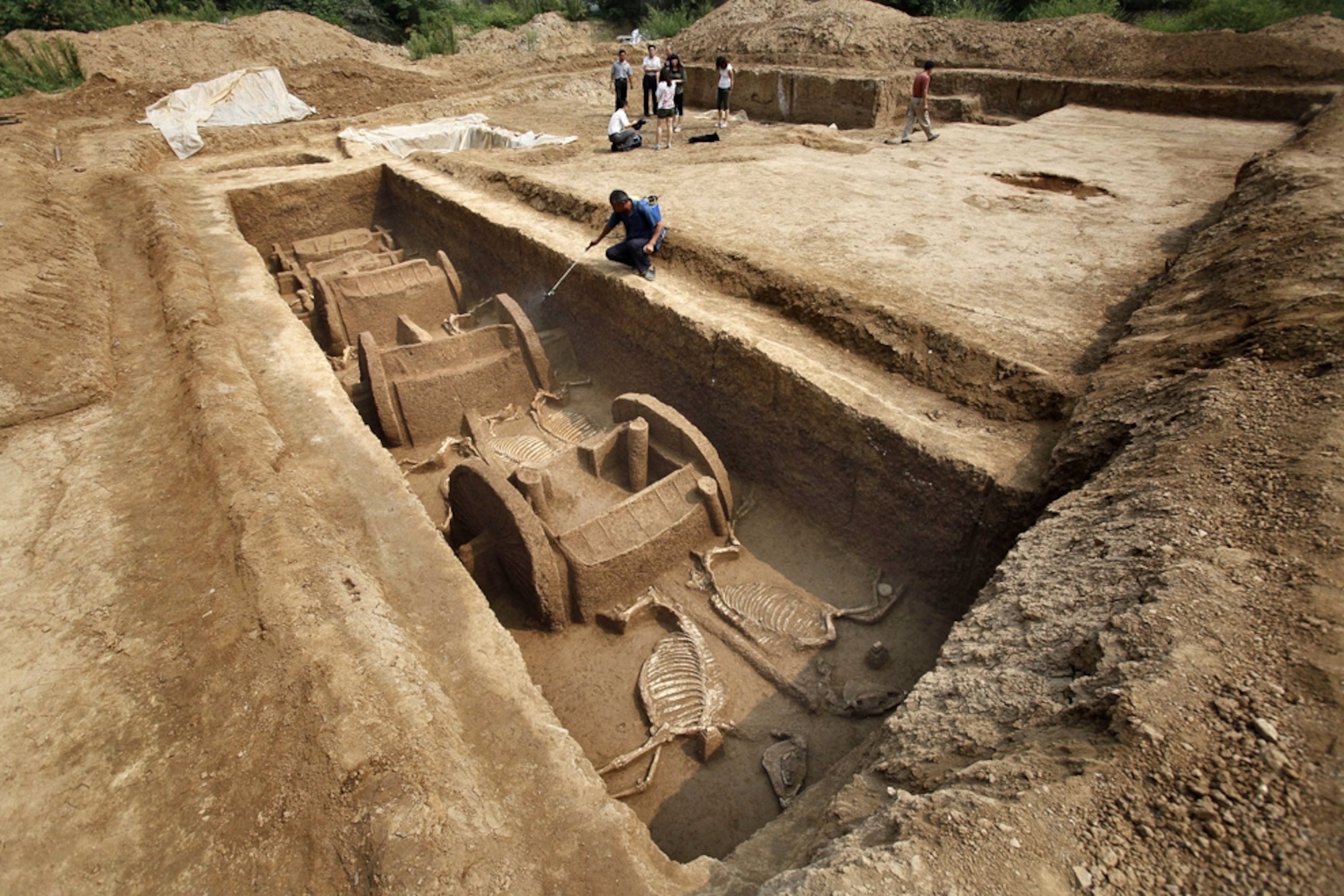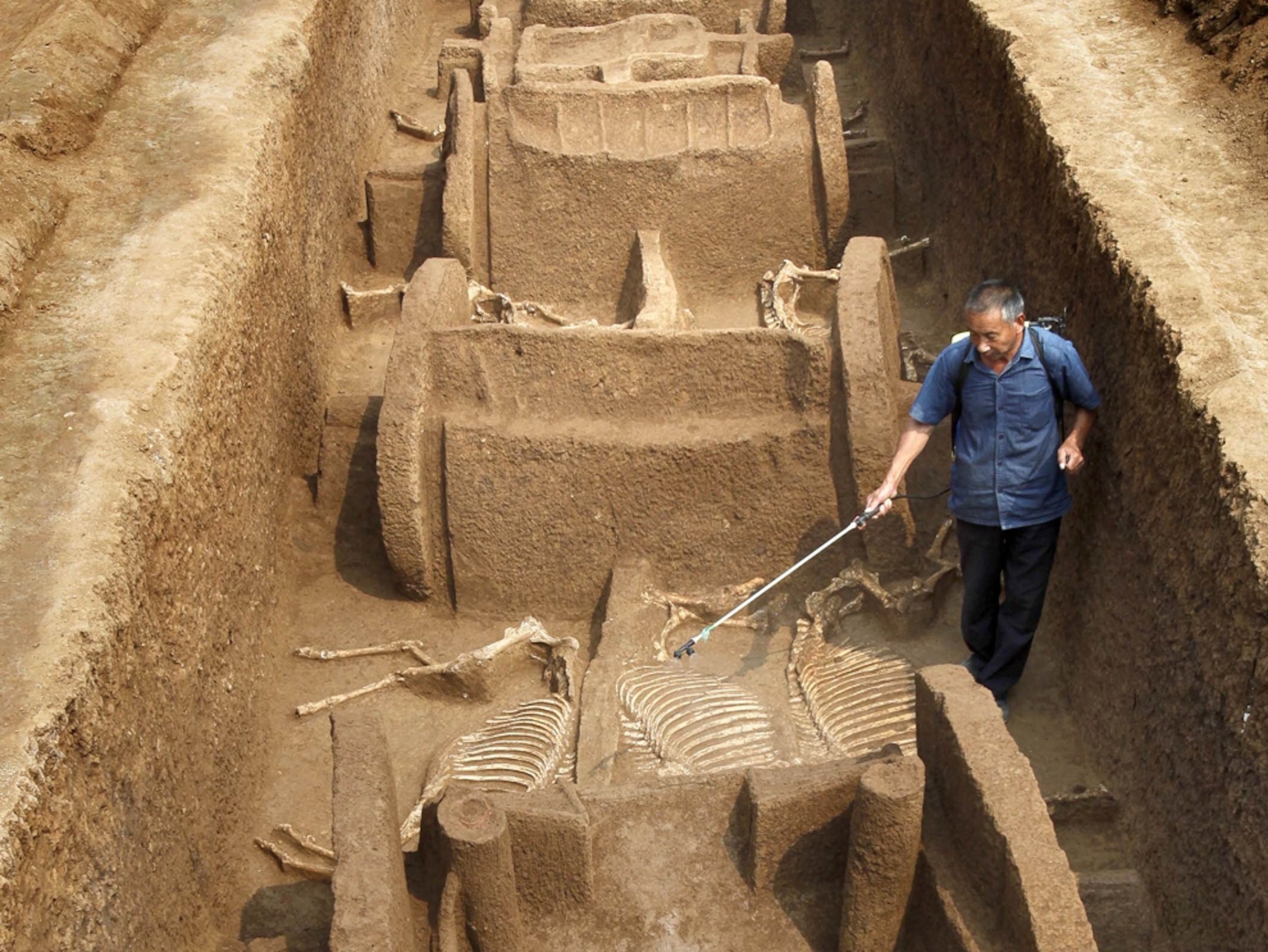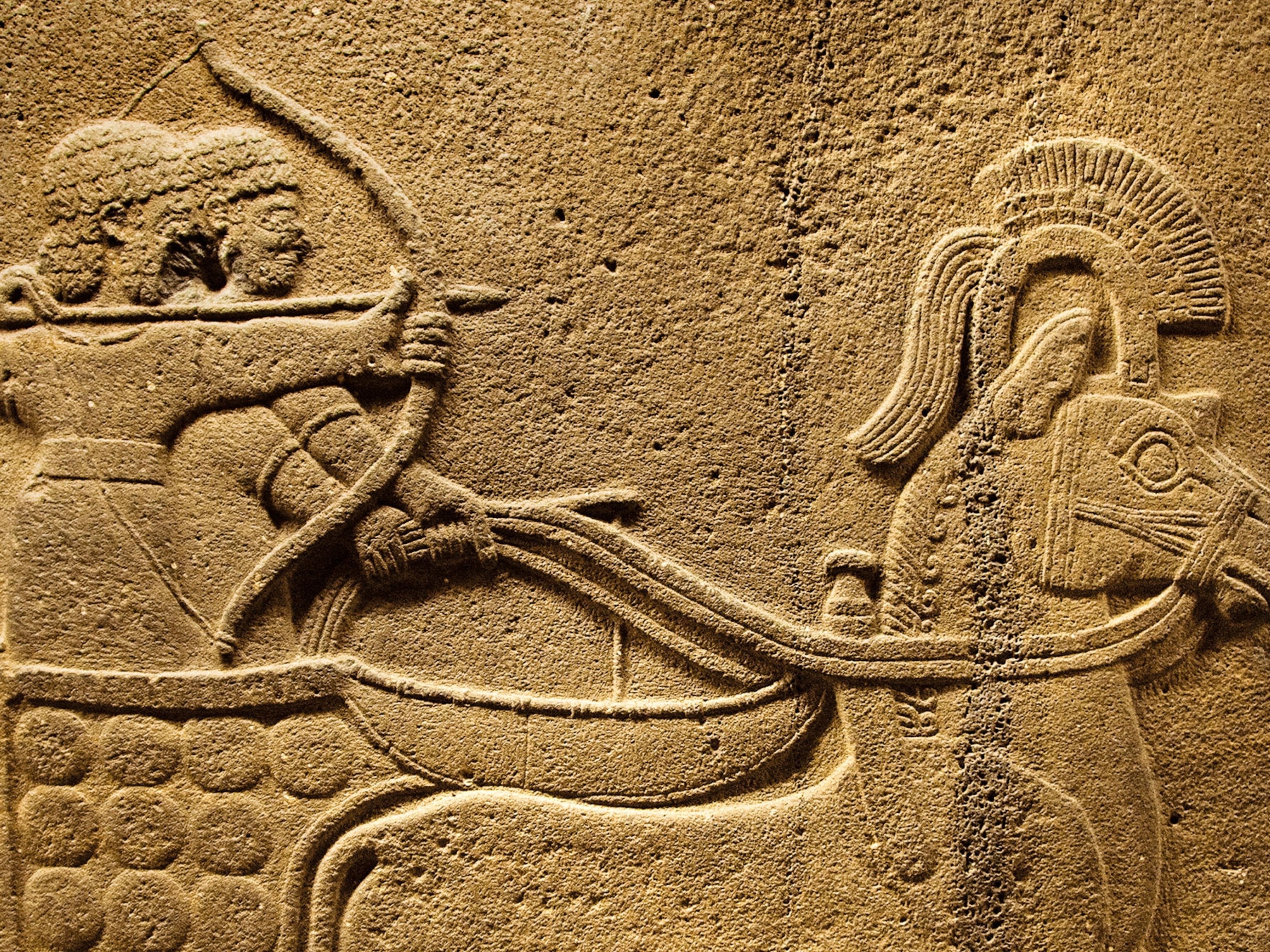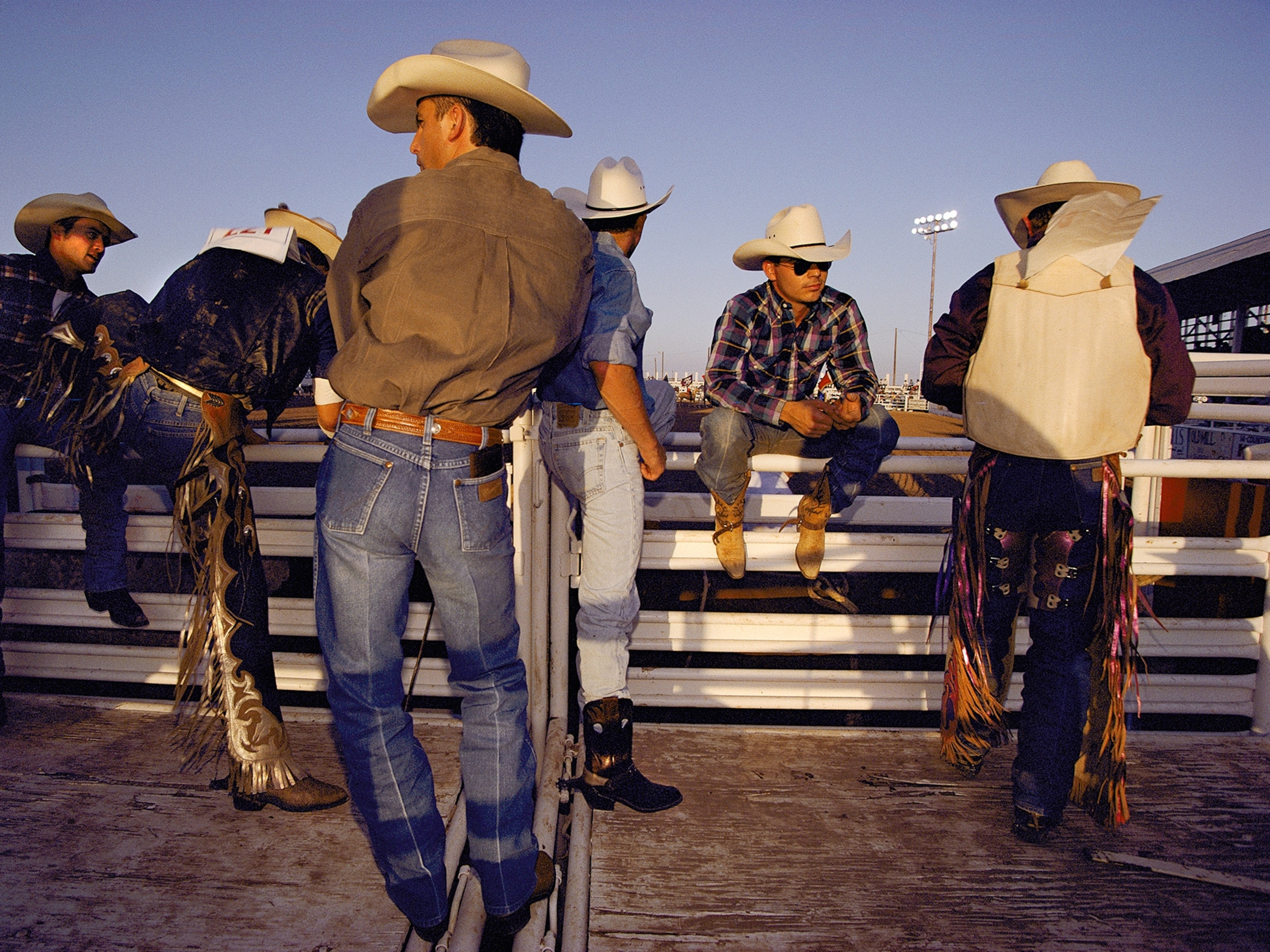Photograph by Zhang Xiaoli, Xinhua via Fame/Barcroft
Pictures: Ancient Chariot Fleet, Horses Unearthed in China
Hailing from China's "heyday of chariot warfare," five well-preserved chariots and accompanying horses have emerged from an urban tomb.
September 29, 2011

